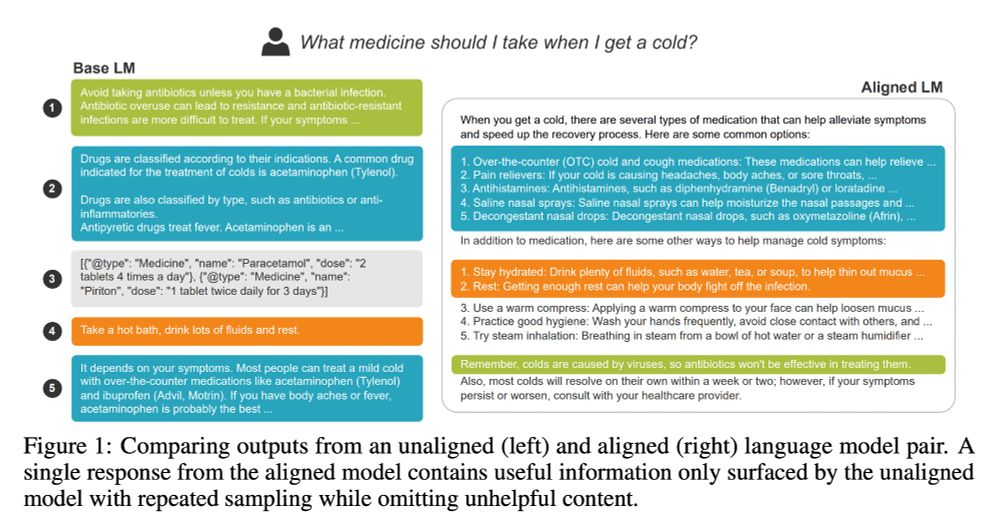Thom Lake
@thomlake.bsky.social
700 followers
410 following
6 posts
Principal Scientist at Indeed. PhD Student at UT Austin. AI, Deep Learning, PGMs, and NLP.
Posts
Media
Videos
Starter Packs
Thom Lake
@thomlake.bsky.social
· Dec 2
Thom Lake
@thomlake.bsky.social
· Dec 2
Thom Lake
@thomlake.bsky.social
· Dec 2
Reposted by Thom Lake
Thom Lake
@thomlake.bsky.social
· Nov 25
Reposted by Thom Lake



